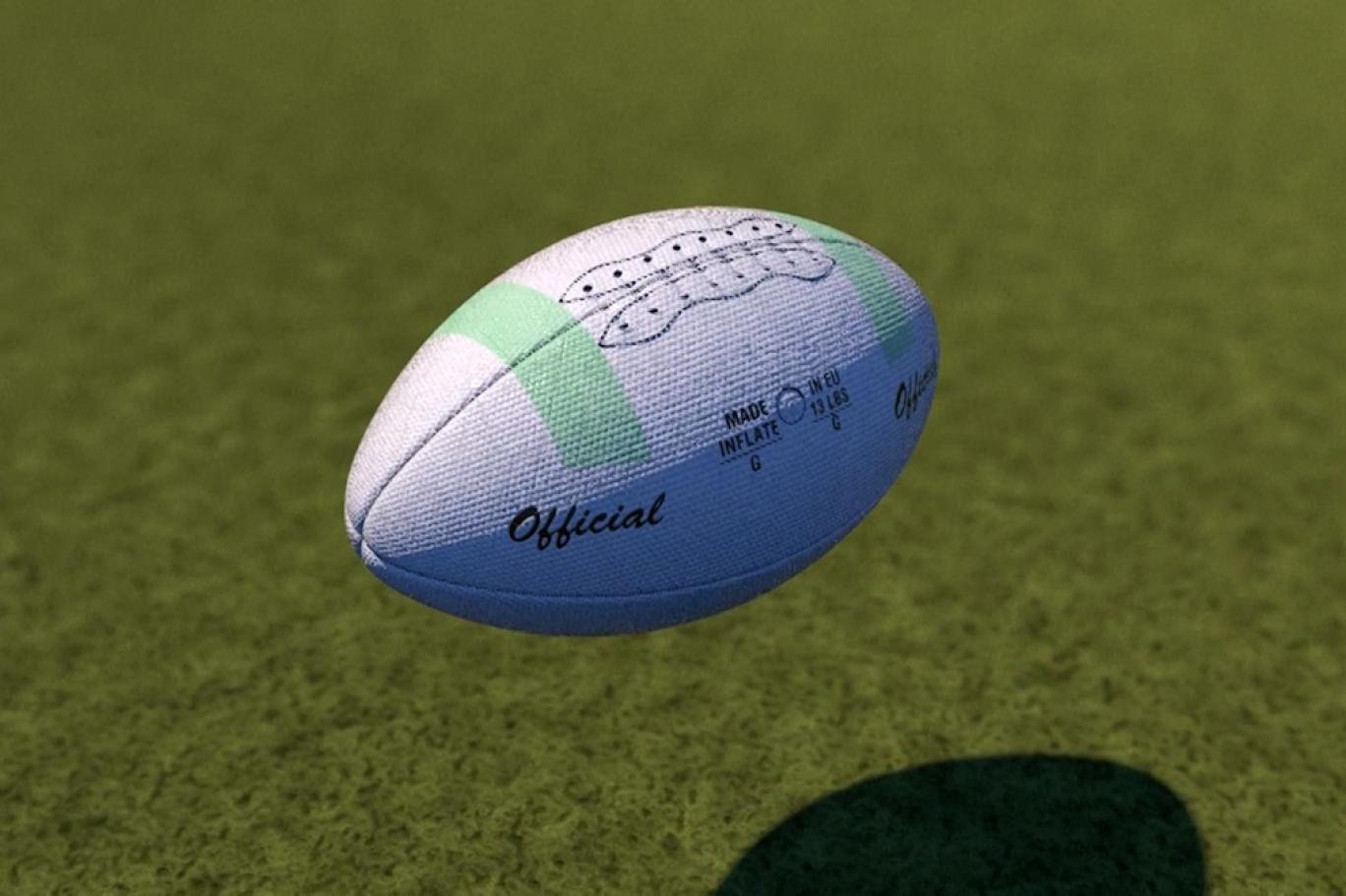The rugby ball is easy to catch with the body and throws the teammate and takes a certain path in many important moments in the game.
The rugby ball is elliptical in shape and therefore behaves in a much unexpected way.
When passing, a player forces the ball to rotate on its axis – this is called a ‘spin pass’ and the ball moves on that axis. In physics, this is called the law of protection of angular momentum.
When the ball is kicked, as in the penalty, the path is not proportional: it does not describe the mathematical principle parabola, but rather it is known as the Tart glia movement. It has two stages.
In the first stage, the ball gains momentum from the kick. In the second, the speed of the ball decreases dramatically and it falls like a rock.
At this stage, players keep an eye on the wind, which can affect the direction and speed of the ball.
As is the case with passage, when the ball is kicked, it benefits from the gyroscopic effect. It flies up to 15% better.
There is also a Magnus effect, when the ball rotates on its axis, causing vibration. The wind pushes the ball forward, while at the back, a turbulent spot slows it down, so the banana-shaped path helps it pass through the posts.
[embedpost slug=”/sports/2022/05/irish-hero-mentor-gives-the-lowdown-on-his-french-gold-cup-and-french-champion-hurdle-group/”]




















